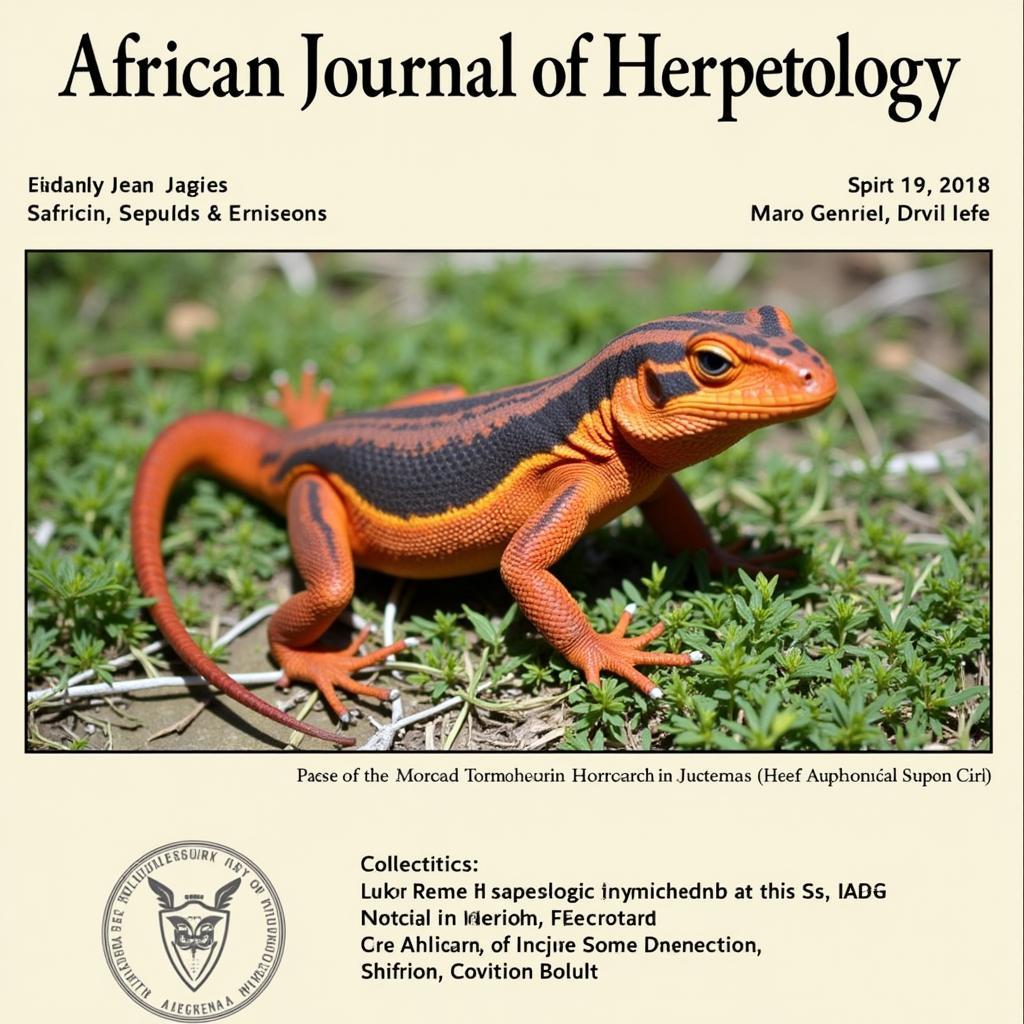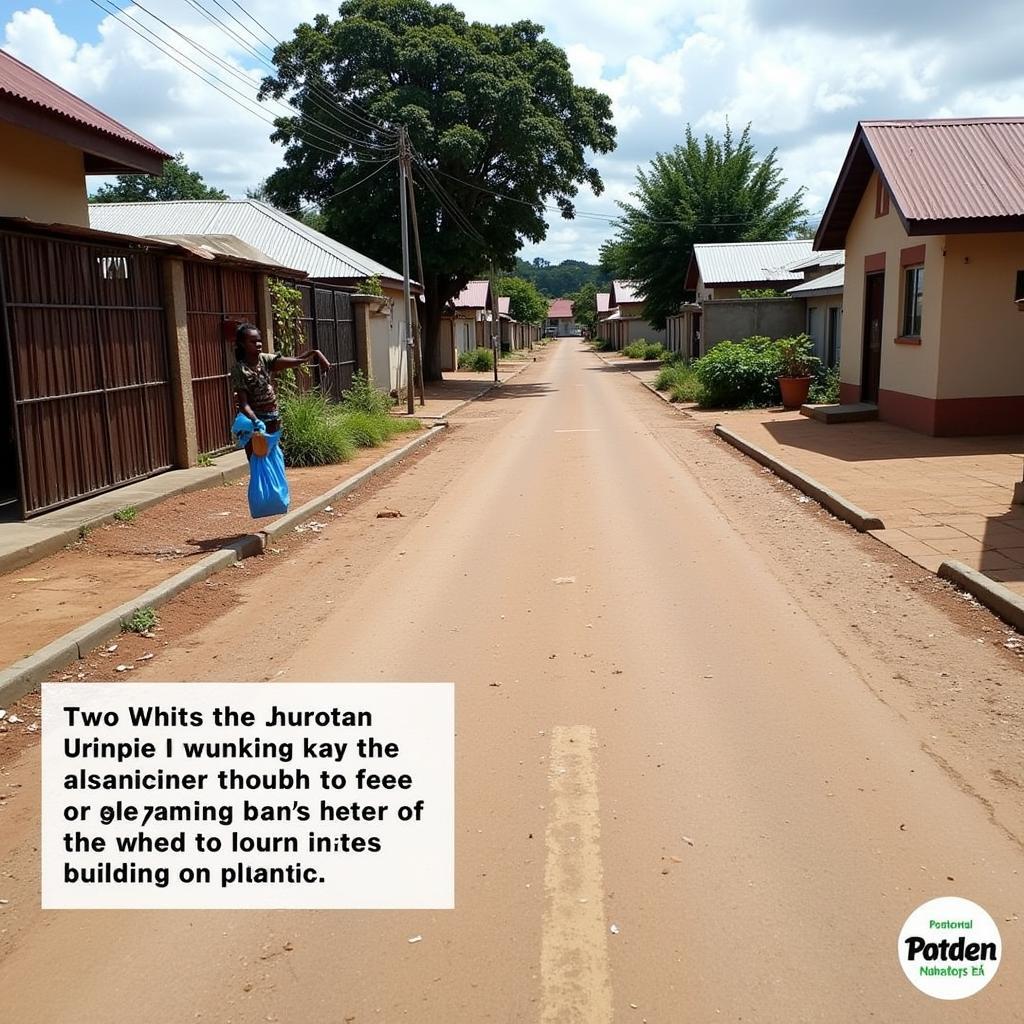African Geographical Review: Unveiling a Continent of Diversity
Africa, the world’s second-largest and second-most-populous continent, boasts an astounding geographical tapestry. From the snow-capped peaks of Kilimanjaro to the lush rainforests of the Congo Basin, the continent pulsates with a vibrancy matched only by its sheer diversity. This African Geographical Review delves into the continent’s physical features, climate zones, and diverse ecosystems, showcasing the beauty and grandeur that have captivated explorers and geographers for centuries.
Navigating the Landscape: A Tapestry of Physical Features
Africa’s physical geography is as diverse as its cultures. The continent is dominated by a vast plateau, rising steadily from the coastlines to form a series of highlands and mountain ranges. The Great Rift Valley, slicing through eastern Africa, stands as a testament to the earth’s tectonic forces, while the Sahara Desert, the world’s largest hot desert, stretches across the northern expanse, shaping the lives and livelihoods of millions.
Beyond the Sahara: Unveiling Africa’s Diverse Ecosystems
While the Sahara might be the most iconic, Africa is a continent of contrasting landscapes. The Sahel, a semi-arid belt south of the Sahara, transitions into the savannas, grasslands teeming with wildlife that support some of the world’s most impressive animal migrations. Further south, the Congo Basin, home to the second-largest rainforest on Earth, teems with biodiversity, harboring countless species of plants and animals found nowhere else on the planet.
A Continent of Climates: From Tropical Rainforests to Arid Deserts
Africa’s climate is as varied as its landscapes, influenced by latitude, altitude, and proximity to the sea. Straddling the equator, the continent experiences a range of climates, from the hot and humid equatorial climate of the Congo Basin to the scorching aridity of the Sahara. The Mediterranean climate graces the northern and southern tips of the continent, characterized by hot, dry summers and mild, wet winters.
The Nile: Lifeline of a Continent
No African geographical review would be complete without acknowledging the mighty Nile River, the longest river in the world. Flowing north for over 6,650 kilometers (4,132 miles), the Nile has been the lifeblood of civilizations for millennia, shaping the history, culture, and agriculture of the region.
Understanding Africa’s Geographic Diversity
Africa’s geographical diversity is not merely a matter of stunning landscapes; it underpins the continent’s rich cultural tapestry, its economic activities, and the daily lives of its people. From the nomadic pastoralists of the Sahel to the agricultural communities along the Nile, Africa’s geography has shaped human settlement patterns, trade routes, and ways of life for centuries.
Human Impact on Africa’s Environment
While Africa’s geography has shaped its people, human activities are increasingly leaving their mark on the continent’s environment. Deforestation, desertification, and climate change pose significant challenges, threatening the delicate balance of Africa’s ecosystems and the livelihoods of millions.
Exploring Africa’s Geographical Wonders
From the towering sand dunes of the Namib Desert to the vibrant coral reefs of the Red Sea, Africa offers a wealth of geographical wonders waiting to be explored. Whether you’re captivated by snow-capped mountains, lush rainforests, or the vast savannas teeming with wildlife, Africa promises an unforgettable journey of discovery.
Conclusion: Appreciating Africa’s Geographic Tapestry
Africa’s geographical diversity is more than just a collection of physical features; it’s a testament to the power of nature, the resilience of life, and the intricate connections that bind humans and their environment. Understanding this diversity is crucial for appreciating the continent’s past, present, and future.
FAQ
-
What is the highest point in Africa?
Mount Kilimanjaro, located in Tanzania, stands as the highest point in Africa, reaching an elevation of 5,895 meters (19,341 feet). -
What is the largest lake in Africa?
Lake Victoria, spanning Tanzania, Uganda, and Kenya, holds the title of the largest lake in Africa and the second-largest freshwater lake in the world by surface area. -
What is the significance of the Great Rift Valley?
The Great Rift Valley, a geological fault system extending for thousands of kilometers, showcases the earth’s tectonic activity and has played a crucial role in the evolution of human ancestors. -
How does the Sahara Desert impact Africa’s climate?
The Sahara Desert, with its vast size and extreme temperatures, influences weather patterns across the continent, affecting rainfall, wind patterns, and temperature variations. -
What are some of the environmental challenges facing Africa?
Africa faces significant environmental challenges, including deforestation, desertification, pollution, and the impacts of climate change, threatening biodiversity, water resources, and human livelihoods.
For further exploration, delve into the captivating world of African henna meanings and discover the artistic traditions interwoven with the continent’s cultural tapestry.
Need assistance planning your African adventure or seeking expert insights on African culture and travel? Contact us at +255768904061, kaka.mag@gmail.com, or visit us in Mbarali DC Mawindi, Kangaga, Tanzania. Our dedicated team is available 24/7 to assist you.


